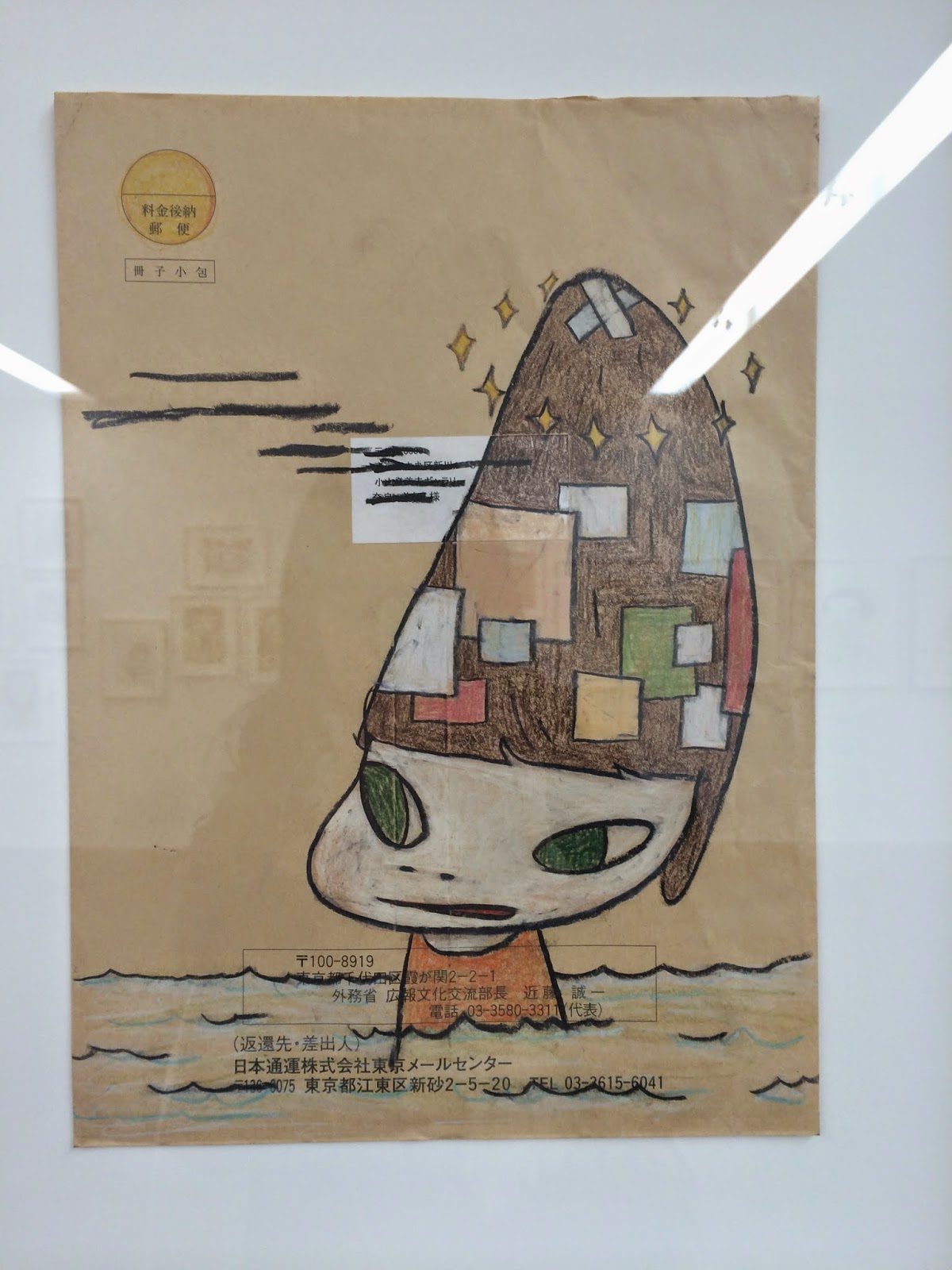2015年10月31日星期六
2015年5月23日星期六
Doll's house in V&A childhood
Doll's house: a form of recording historic scenes including architecture styles, costume styles, society classes, how people worked, ate and lived and how the whole society evolved etc. through . They are precious artefacts themselves.
Dolls wearing costumes representing the classes they belonged to, the jobs they did and the identity as storyteller.
Different rooms to distinguish the different functions, which represents life in the history.
Dolls houses as an epitome describing the scene of the whole society.
The evolution of the society reflected by the evoluton of the architecture style, furniture, etc..
2015年5月21日星期四
2015年5月10日星期日
2015年3月16日星期一
A Thailand Advertisement about Education
A public servicing advertisement answering to the question what is education by personal examples.
The advertisement chose the scenes as followed:
The mother set examples to teach her daughter how to slice pineapples.
The mother told her daughter to find examples on her own when she didn't know how to do something.
Thus leading her daughter to the big whole world by teaching her how to learn and solve problems on her own.
A very simple structure. Worked impressively and straightforwardly to answer the question what is good education and what is education by examples.
2015年2月24日星期二
Learning notes about maps
MAP:
A medium
By appropriating reality and its complex
layers
By imposing oder.
1. To express our inquisitive nature and
harness knowledge on a geographical level
2. To make sense of physical world
Early maps: intricate constructs as unique
works of art spoke of social hierarchies
-
Medieval maps: used as an
analogy for the relationship between good and evil, giving life lessons,:
merging human knowledge, myth, and spirituality in a
surreal landscape of precautionary tales for the afterlife
-
During the Age of Discovery:the Old and
New Worlds
Cultural cross-pollination(传播文化) and unrepentant(无悔悟的)exploitation
and the enlightenment of the brutes
Affirmation of power, national pride
-
Industrial Revolution (Fashion
and art capitals and major breakthroughs in printing technology): maps became
more diverse and accessible
-
20th Century to
digital worlds: exciting potentials and unavoidable tensions, near frontiers
appearing
Layers of meanings
1. political propaganda maps or a dangerous
mix of the two:
synthesizing physical, geopolitical,
socioeconomic and other domains in a gesamtkunstwerk
2. Kitsch tourist guides. Basic utilitarian
purposes as administrative tools and references for mobility and navigation
e.g. Urban crime maps
Population shifts visualized to aid the design of cities and the
politics of urban planning.
3. Catalogue of the pleasures and horrors
of mankind.
E,g, Catastrophe and death are codified in
maps of earthquake zones, tornado paths, or oil spills.
Cartographies of
hedonism: the best shops the top restaurant and so on.
Advertisement;
treasure maps
4. Both records change and glimpses into
the future
5. To grasp greater concepts, detect
patterns, prognosticate and so on
Design:
A selection of the elements to be included:
adjustment, simplification or generalization
How to correspond level of detail within
the constraints
Technicalities of the transformation from
three-dimensionality to a 2-d projection.
Elements:
Text and icons based on semiological
conventions
Color and patterns used to establish
further hierarchies as more systems come into play.
The bias of maps:
”There is no view from nowhere for even the
most scrupulously detached observer
A maps is to subject the truth to personal
preconceptions and ideologies.
! so don’t be ashamed to disregard dogma, explore new cartographic
languages, embrace ambiguity, make the maps cariactural, abstract or
mysterious.
Maps today:
Maps is becoming homogeneous, victims of
generic uniformity.
Increasingly devalued as an influential
visual tool
But maps could also be sophisticated
geo-tools befitting a fast-paced, multi-demensional, networked world:
Playful experimentation and provocation to
translate the solemnity of data into intriguing cartographies and storytelling;
an antidote to cartographic monotony and the modern-day obsession for accuracy.
By documenting the maps, their ephemeral
temperament is shed to reveal a lasting message at its core. It’s about
re-humanizing the process of understanding our surroundings and ourselves.
The perspectives used to depict landmarks
Unique materials and forms

2015年1月29日星期四
奈良美智
Yoshitomo Nara
The colors, the materials and the strokes
DRAWING WORKSHOP: "SPACE"
The space made by our group. A child always like to hide himself inconspicuously in a corner at home, for instance, to make a private space under the dining table and decorate it with his toys and stuffs he loves. That makes him feel safe.
Breaking the 2D and 3D space
Some drawings from peers
The textile is very impressive
Some Complicated Architectural Structures
Guillaume Cornet
A very functional way to represent some complicated structures like society, different classes, social division of labor, etc.
<MAGIC PENCILS>
Deconstruction of a mechanism, a building, etc.
订阅:
博文 (Atom)






















































